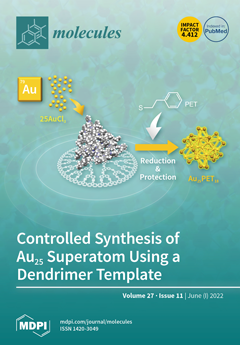Micronutrient deficiency is a major constraint for the growth, yield and nutritional quality of cowpea which results in nutritional disorders in humans. Micronutrients including molybdenum (Mo), iron (Fe) and zinc (Zn) play a pivotal role in crop nutrition, and their role in different metabolic processes in crops has been highlighted. In order to increase the nutritional quality of cowpea, a field experiment was conducted for two years in which the effect of Mo along with iron (Fe) and zinc (Zn) on productivity, nitrogen and micronutrient uptake, root length and the number of nodules in cowpea cultivation was investigated. It was found that the foliar application of Fe and Zn and their interaction with Mo application through seed priming as well as soil application displayed increased yield, nutrient concentration, uptake and growth parameters which helped to enhance the nutritional quality of cowpea for consumption by the human population. The results of the above experiments revealed that among all the treatments, the soil application of Mo combined with the foliar application of 0.5% each of FeSO
4·7H
2O and ZnSO
4·7H
2O (M
2F
3 treatment) enhanced the grain and stover yield of cowpea, exhibiting maximum values of 1402 and 6104.7 kg ha
−1, respectively. Again, the M
2F
3 treatment resulted in higher Zn, Fe and Mo concentrations in the grain (17.07, 109.3 and 30.26 mg kg
−1, respectively) and stover (17.99, 132.7 and 31.22 mg kg
−1, respectively) of cowpea. Uptake of Zn, Fe and Mo by the grain (25.23, 153.3 and 42.46 g ha
−1, respectively) as well as the stover (104.2, 809.9 and 190.6 g ha
−1, respectively) was found to be maximum for the M
2F
3 treatment. The root length (30.5 cm), number of nodules per plant (73.0) and N uptake in grain and stover (55.39 and 46.15 kg ha
−1) were also higher for this treatment. Overall, soil application of Mo along with the foliar application of FeSO
4·7H
2O (0.5%) and ZnSO
4·7H
2O (0.5%) significantly improved yield outcomes, concentration, uptake, root length, nodules plant
−1 and N uptake of cowpea to alleviate the micronutrient deficiency.
Full article






